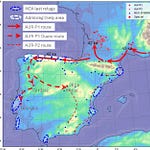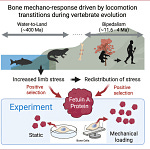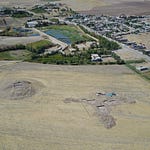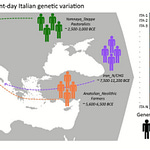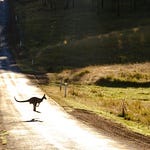Northern Kenya’s Turkana region, a vast sun-scorched landscape bordering Lake Turkana, is home to one of the world’s most resilient pastoralist communities. For generations, families have walked for hours under a fierce equatorial sun to water livestock, returning with milk, meat, and blood — the staples of their diet. Yet the Turkana show remarkably low rates of gout, hypertension, and other diseases typically linked to dehydration and purine-rich foods.
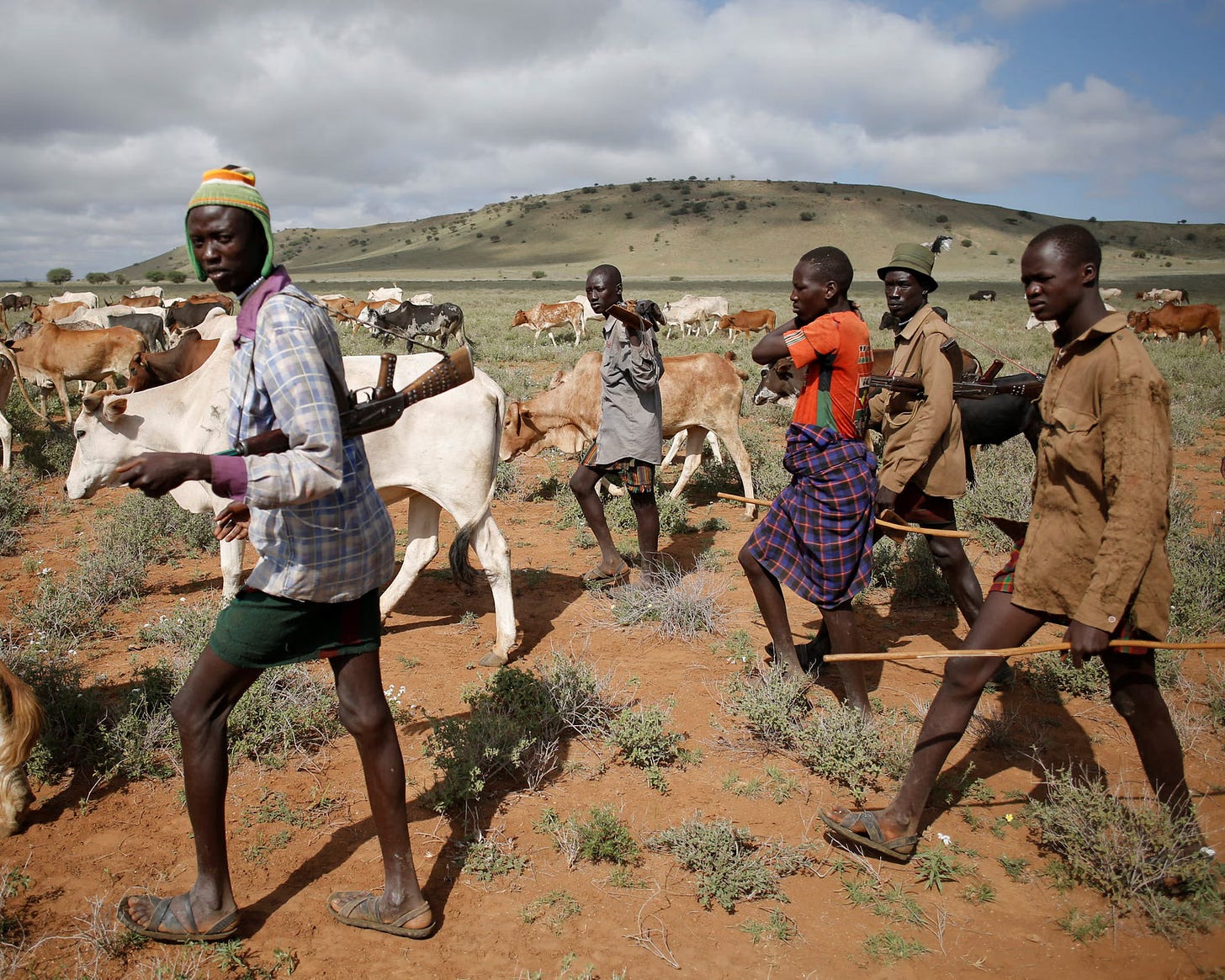
A new study in Science1 by an international team of Kenyan and U.S. researchers reveals that the answer may lie in the Turkana genome itself. By sequencing 367 genomes and scanning more than seven million genetic variants, the team identified eight regions of DNA showing strong signatures of natural selection.
“The Turkana have maintained their traditional way of life for thousands of years, providing an extraordinary window into human adaptation,” said Julien Ayroles, a co-principal investigator based at the University of California, Berkeley.




